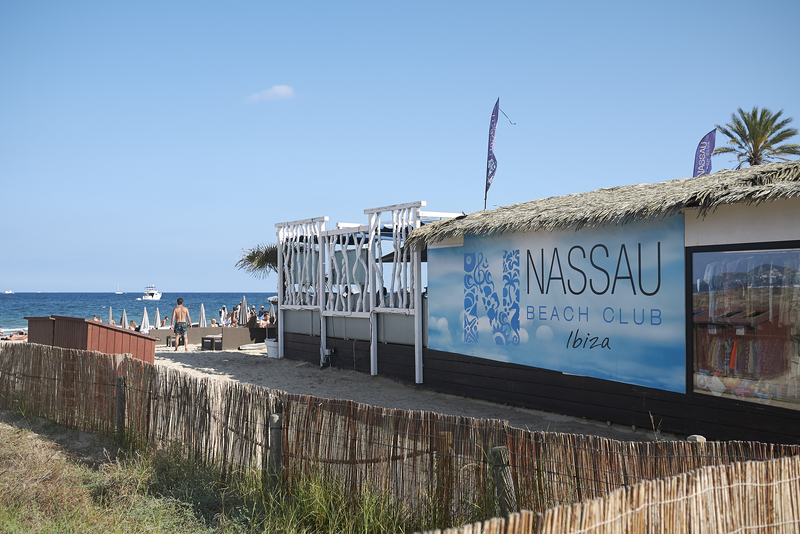If you were to ask any of us Spaniards what the symbol of summer might be, most would surely think of the image of a traditional beach bar, with its kiosk-like appearance, plastic chairs and tables, and precarious roof. But like almost everything in life, these places of humble origin have evolved and become modern and sophisticated venues offering customers multiple experiences. Thus, little remains of the battered and economical kiosks that have spread along the Levantine and Andalusian coast since the 1960s, driven by the country’s economic growth and the arrival of mass tourism.
And although today there are many that have retained their essence, most have undergone a metamorphosis that has transformed them either into an exclusive restaurant with porcelain tableware, appropriate linens and a varied menu far from popular prices, or into an authentic Beach Club, a place where you can enjoy services more typical of a hotel, reserved only for the wealthiest pockets. “These first beach bars mixed generations, national and foreign tourists around paella, sangria, and summer songs,” explains Fátima Gómez, Professor of Sociology at the European University of Valencia, stating that “the traditional beach bar has evolved into the concept of a beach club, with premium services, gourmet gastronomy, and an audience seeking exclusive experiences.”
This change, according to Gómez, has “redefined the original spirit of the beach bar, aligning it with a globalized model that attracts a new audience.” This expert argues that social networks (Facebook, Instagram, TikTok…) have been key to this evolution, turning these places into a “social destination” and a source of desire by portraying them as places “where unique experiences can be consumed.” “The images of Beach Clubs shared by influencers create a perception of status and exclusivity that fuels demand,” she emphasizes.
“They are an essential part of the local economy.” For Gómez, however, the essence of these spaces has hardly changed, as they remain a pillar of summer culture, a social meeting point, and an economic engine where “tradition and innovation blend.” “They are an essential part of the local coastal economy, generating revenues of more than 1,000 million euros per year as well as 20,000 direct and indirect jobs,” she says.
“The local and the global coexist: you can eat a sardine on a skewer while sushi or signature cocktails are ordered at the next table. This is precisely its strength: to continue being a meeting point for everyone, without losing its essence,” says the expert. For Gómez, the success of the beach bar lies in its resilience. “Its evolution reflects social changes very well: now we look for other experiences, but we still need these common spaces where we can share with friends, family, or even strangers.” “They may change the menus, the decoration, and the music, but the spirit of the beach bar will always be the same: the place where summer is celebrated,” she concludes.




